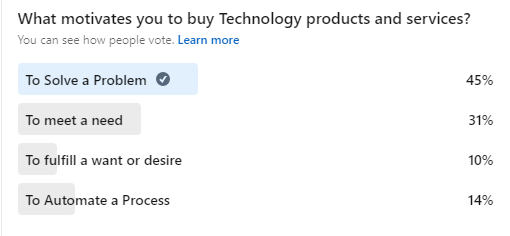International Marketing 101- Go To Market Strategies: How Brands Can use Cultural Diffusion to Sell & Market Products Abroad

image via marketing 91.com
The United States is an established country with a built up infrastructure. Depending on the product and industry, brands may see product sales hit a plateau based on a high market saturation rate.
Go to Market Strategy
One go to market strategy that brands may use to increase product sales is to sell into new markets. Chances are that brands have exhausted all markets and customers based in the United States. Upon reaching this conclusion, brands need to decide if they want to sell and market their products abroad based on the principle of cultural diffusion.
Cultural Diffusion
Cultural diffusion is the spread of one civilizations ideas, customs and beliefs from:
1. one nation to another
2. from another area or region to another.
To see if international marketing makes sense for brands, they must list the positives and negatives of this go to market strategy. Positive benefits include the chance to increase sales and gain revenue from a new source. A negative of this go to market strategy is that it will require a large outlay of operating cash to implement and execute. This may drain resources from other programs in the organization.
Contacting Local Authorities
Before brands can start selling products abroad, they need to check with the commerce division of the Foreign country’s government. The Commerce division of the government can guide brands on the proper procedures needed to sell and market products abroad.
Market Research

image via smartdraw.com
New Market research needs to be conducted for the international markets brands intend to sell into. This research includes, new buyer personas, competitive analysis, cost of customer acquisition, pricing, promotions, understanding local laws and customs.
Product Development
Product specifications need to be aligned with the customs and laws of the country. These products may need to be re-branded with a different name. Outside of the US, product measurements need to be converted to the metric system; triggering a change in the product packaging.
Examples of International Brands
A few examples of Global brands are Starbucks, McDonalds, Auto makers and Oil companies.
Starbucks

image via http://chinaexpat.com/wp-content/uploads/u659/starbucks.jpg
Starbucks operates stores abroad and follows local customs.
McDonald’s

A McDonald’s in Riyadh, Saudi Arabia. Businesses as well as people can exemplify cultural diffusion.
Image via http://www.p12.nysed.gov/ciai/socst/grade3/geoimages/Image16.gif
McDonald’s uses local ingredients to make its food. For example, in Greece they fry french fries with olive oil. McDonald offers alternative sandwiches in countries where citizens are not allowed to eat beef and pork.
Exxon Mobil

https://goodlogo.com/images/logos/esso_logo_2709.gif6
Exxon Mobil, operates under the brand name ESSO in Europe and uses the metric system to measure gasoline.
Auto Makers

Image via Dan Galante
Global Automakers , use the metric system when making cars and trucks. Also, these cars and trucks are made to the specification of local laws. Vehicle models made for foreign markets have different brand names. In England and other UK countries, the steering wheel is on the opposite side of vehicles made for the US market.
Deciding What an International Go to Market Strategy will look like
Once brands have an understanding of customer needs and competitive analysis, they need to decide what channels to use to sell their products. Brands can set up stores and offices that sell direct to the end-user. They may decide to partner with distributors who sell to the end-user directly or through licensing and/or use an e-commerce model. Brands may decide to use a combination of the above channels. They also need to decide how many people will need to be hired to execute the go to market strategy.
Using Data to Make a decision about whether or not to Implement an International Marketing Strategy
All the numbers and projections need to be calculated to see if International marketing is right for Brands. Each brand need to examine its financial health, and come up with an investment amount needed to execute an international go to market strategy. This amount needs to be measured against: financial health , potential sales, revenue, profits, cost per customer acquisition, market research, procedure to enter the market and opportunity costs. Based on these numbers, brands may decide to enter the market or use their operating cash for other programs.
CMO’s are you selling your products abroad? Why or Why not?
Comment and share below.
About the Author
Dan is passionate about using Marketing to help businesses drive sales. HubSpot Certified in Inbound Marketing, Dan has worked on various marketing assignments including Start Ups, a Political Campaign & a Digital Marketing Conference.
Prior to teaching, Dan served customers as an Outside Sales & Marketing Rep in NYC. In this role, he taught & trained Dentists on the company’s products & services using a consultative selling approach combined with direct marketing. He also supported the company’s marketing efforts at industry trade shows.
He writes & publishes a business blog on the topics of Sales, Marketing & Social Media entitled Sales, Marketing & Social Media Today; which has grown to over 16,000 followers on LinkedIn & over 10,000 on WordPress.
Dan is seeking a full-time marketing role in Direct, Inbound, Digital, Content & Social Media Marketing. He is willing to create and build out the Marketing function of your organization if it does not exist. If your company is hiring for roles in these areas, contact him directly via a free LinkedIn Message or email him at Dan@DanGalante.com to set up interviews.



